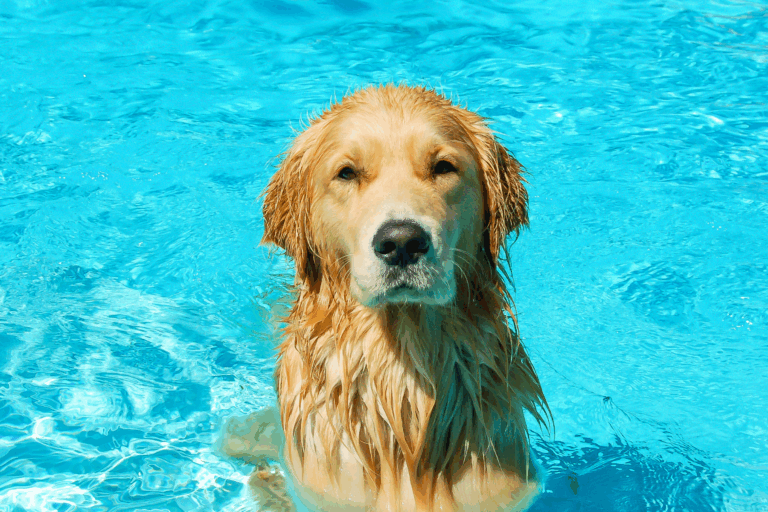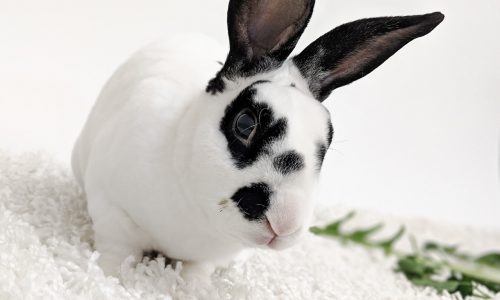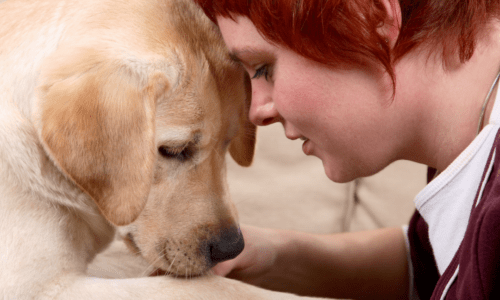As forecasts call for temperatures climbing into the upper 90s across the Miami Valley next week, the Humane Society of Greater Dayton urges all pet and animal owners to take extra precautions. High heat and humidity can be dangerous—even deadly—for animals if not properly managed. Whether they have fur, feathers, or hooves, our animal companions rely on us to keep them safe and cool.
“Heat-related emergencies can escalate quickly,” said Brian Weltge, President & CEO of the Humane Society of Greater Dayton. “By understanding the risks and being proactive, we can prevent unnecessary suffering and keep our pets healthy through the hottest days of the season.”
Below are essential safety guidelines, along with the reasons why each one matters:
Hydration is Lifesaving
Always ensure animals have access to fresh, cool water. Just like humans, pets lose moisture through panting and respiration. Without adequate hydration, their bodies can’t regulate internal temperatures—putting them at high risk for heatstroke.
Sunburn Isn’t Just for Humans
Animals with light-colored fur or exposed skin (like the nose, ears, and bellies) can burn easily under strong sun. Ask your vet for a pet-safe sunscreen and apply it as needed. Sunburn can lead to painful sores and increase the risk of skin cancer.
Recognize Heatstroke Early
Signs of heatstroke include heavy panting, drooling, disorientation, lethargy, vomiting, or even collapse. Immediate action is critical: move your pet into a shaded or air-conditioned space, offer cool water (not ice), and seek veterinary care as soon as possible.
Never Leave Pets in Hot Cars
Even with the windows cracked, the temperature inside a parked car can exceed 120°F in minutes. This can lead to brain damage, organ failure, or death. If you see an animal in distress inside a vehicle, call 911 immediately.
Walk Wisely
Hot pavement can burn sensitive paws in seconds. Test the ground with your hand—if it’s too hot for you, it’s too hot for your pet. Aim for early morning or late evening walks when the ground and air temperatures are cooler. You can also put booties on your pet to protect their paws and help eliminate direct contact with the hot pavement.
Offer Shade and Relief
Provide shaded areas where pets can rest out of direct sunlight. A tree canopy, covered porch, or pop-up tent can make a world of difference. Kiddie pools or misting fans add extra cooling power, especially for dogs who enjoy water. Make sure there is a clear air flow through the shelter as well.
Safe Swimming and Pool Awareness
While many dogs enjoy swimming, not all animals are natural swimmers. Pools can be hazardous for older pets or those unfamiliar with water. Install ramps or barriers, and always supervise your pet around water.
Cool Comfort for Cats
Cats often avoid water, but a damp towel gently run along their back and sides can help lower their body temperature. Cooling mats or fans can also make indoor spaces more comfortable.
Don’t Forget Birds
Birds are highly sensitive to heat. Place cages in shaded, well-ventilated areas and offer a light misting spray to keep feathers cool. Avoid placing them near windows where sunlight can intensify heat.
Support for Small Mammals
Smaller pets like rabbits, guinea pigs, and ferrets can overheat quickly. Freeze a plastic water bottle, wrap it in a towel, and place it in their enclosure for a safe, cool spot to lean against.
Farm Animal Safety Tips
Livestock and outdoor animals are also vulnerable to extreme heat. Farmers and rural pet owners should follow these best practices:
- Ensure Proper Ventilation: Barns and stables can trap heat fast. Use fans and open windows to allow air to flow.
- Provide Ample Water: Animals should always have access to clean, cool water throughout the day.
- Create Cooling Areas: Mud wallows, misting systems, or shaded wading pools allow animals to self-regulate body temperature.
- Offer Adequate Shade: Rotating shade shelters or natural tree cover is essential, especially during peak sun hours.
Heat stress in animals is preventable. By taking simple steps and staying observant, you can make a big difference in their well-being. Remember: if it’s too hot for you, it’s too hot for them.



